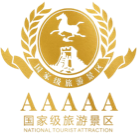

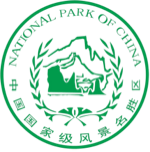
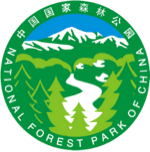

Car and horse lamp
The primitive folk dance "Che Ma Deng" originated in the middle of the Qing Dynasty and has a history of more than 170 years. It is a traditional folk dance arranged by Chen KaiPeng in the Qing Dynasty according to the historical story of "Li Dan leaving the gate of Beijing" in the Tang Dynasty. There are 10 performers of "chariot and horse lantern". The whole performance is mainly composed of various formation changes such as running circles, following plum blossoms, pouring plum blossoms, walking eight characters, and tying lanterns, supplemented by singing and white. The group dance accompaniment music gives people a warm, cheerful and festive feeling. The singing and white accompaniment music has a strong flavor of Gannan Tea Picking Opera. The words of praise are auspicious words such as "good weather every year, abundant grain every year, and thousands of years of prosperity". They are in line with the aspirations of farmers and have a strong color of life.
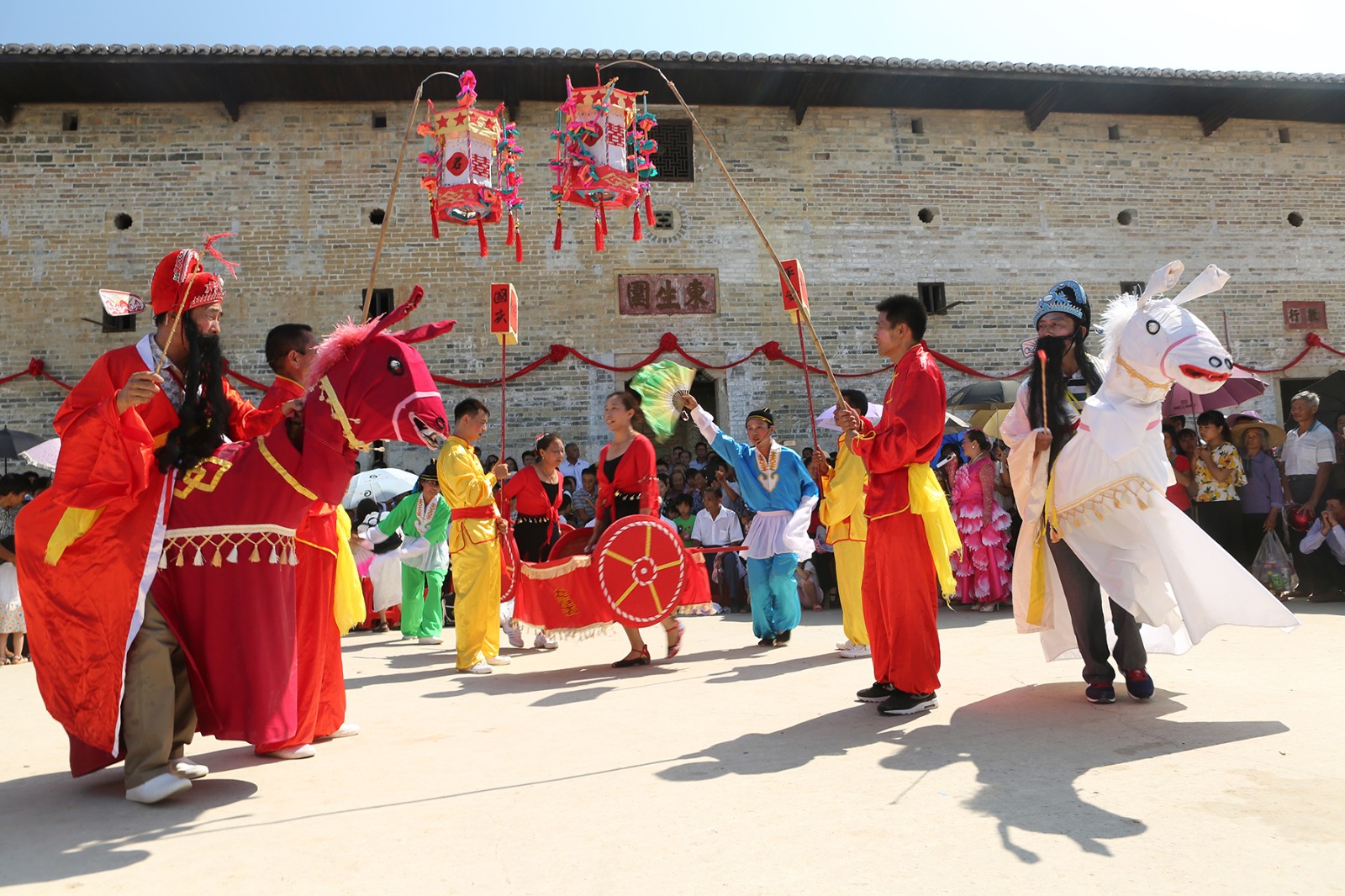
Jiulongshan Tea Picking Opera
Jiulong Mountain Tea Picking Opera is developed from the tea picking song and dance "tea basket lamp" in Jiulong Mountain. As early as the Ming Dynasty, the tea produced in Jiulong Mountain in Anyuan had "clear fragrance, green color and thick taste", and enjoyed a high reputation. It was the most prosperous during the reign of Kangxi and Yongzheng in the Qing Dynasty. Jiulong tea was taken as a tribute. Anyuan Jiulong Mountain was one of the main tea areas in the south of the Yangtze River at that time. Tea merchants from Jiangxi, Guangdong and Fujian gathered here every March. When picking tea, tea women like to sing the "December tea picking song". Influenced by the local horse lantern, dragon lantern and other folk lights, they add props such as tea basket and paper fan. Therefore, the combination of tea picking song and local folk lights has evolved into a folk light combining song and dance - tea picking lamp, also known as "tea basket lamp". After successive generations of artists' continuous interpretation, "tea basket lamp" has developed into a "tea picking drama" with simple story and characters. During the performance, because the characters are only two Dan and one ugly, it is commonly known as the "triangle class". It is the earliest drama mode of Jiulongshan Tea Picking Opera. From the top to the bottom of the mountain, from simple to complex, the "triangle class" has gradually developed into a local opera with local characteristics today - Jiulongshan Tea Picking Opera. For hundreds of years, the hard-working Hakka people have evolved into a cheerful, beautiful and unique Jiulongshan Tea Picking Opera in the language of labor. Tea Picking Opera was born because of tea, singing because of tea and playing because of tea. The birth of Jiulongshan Tea Picking Opera is widely spread among Hakka people.
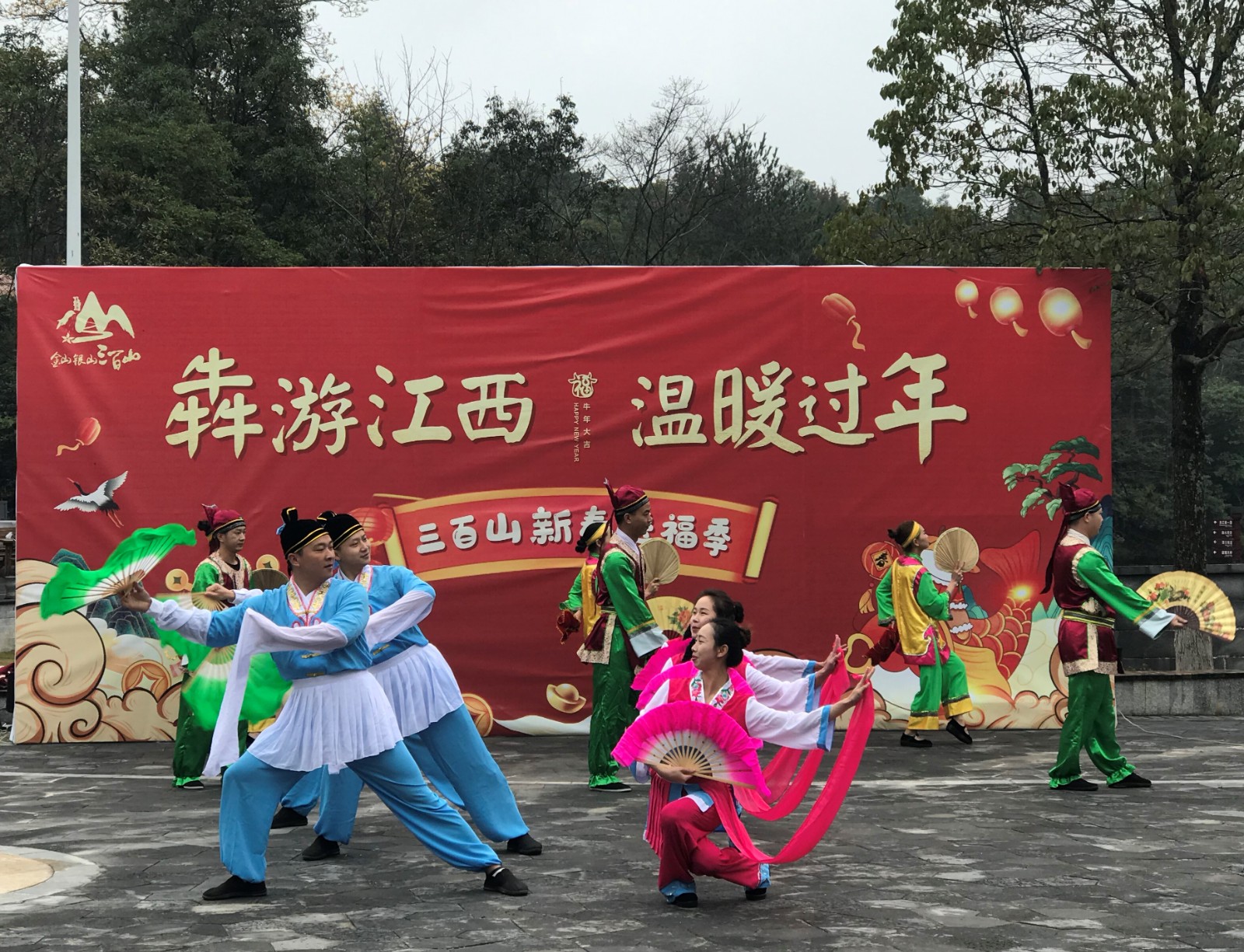
Nanxiang lobby music
Anyuan Nanxiang lobby music has rich humanistic connotation and artistic charm. It is gradually created by people in production and life. It is mainly used for weddings and funerals, birthday plaques and other red and white weddings. Kongtian town is the birthplace of Nanxiang lobby music. According to historical records, Donglin temple was built in Kongtian town in 1168 A.D. and is located in the current Shangzhai village. There used to be a cloud of pilgrims. There were more than 10 monks and several drummers in the temple. In 1952, Donglin temple was destroyed by a fire. The monks in the temple were scattered everywhere, and the drummers also went home to work in agriculture. Later, because some farmers asked the drummers to play Buddhist music at weddings and funerals, after the inheritance and development of several generations of artists, Anyuan Nanxiang lobby music was finally formed.
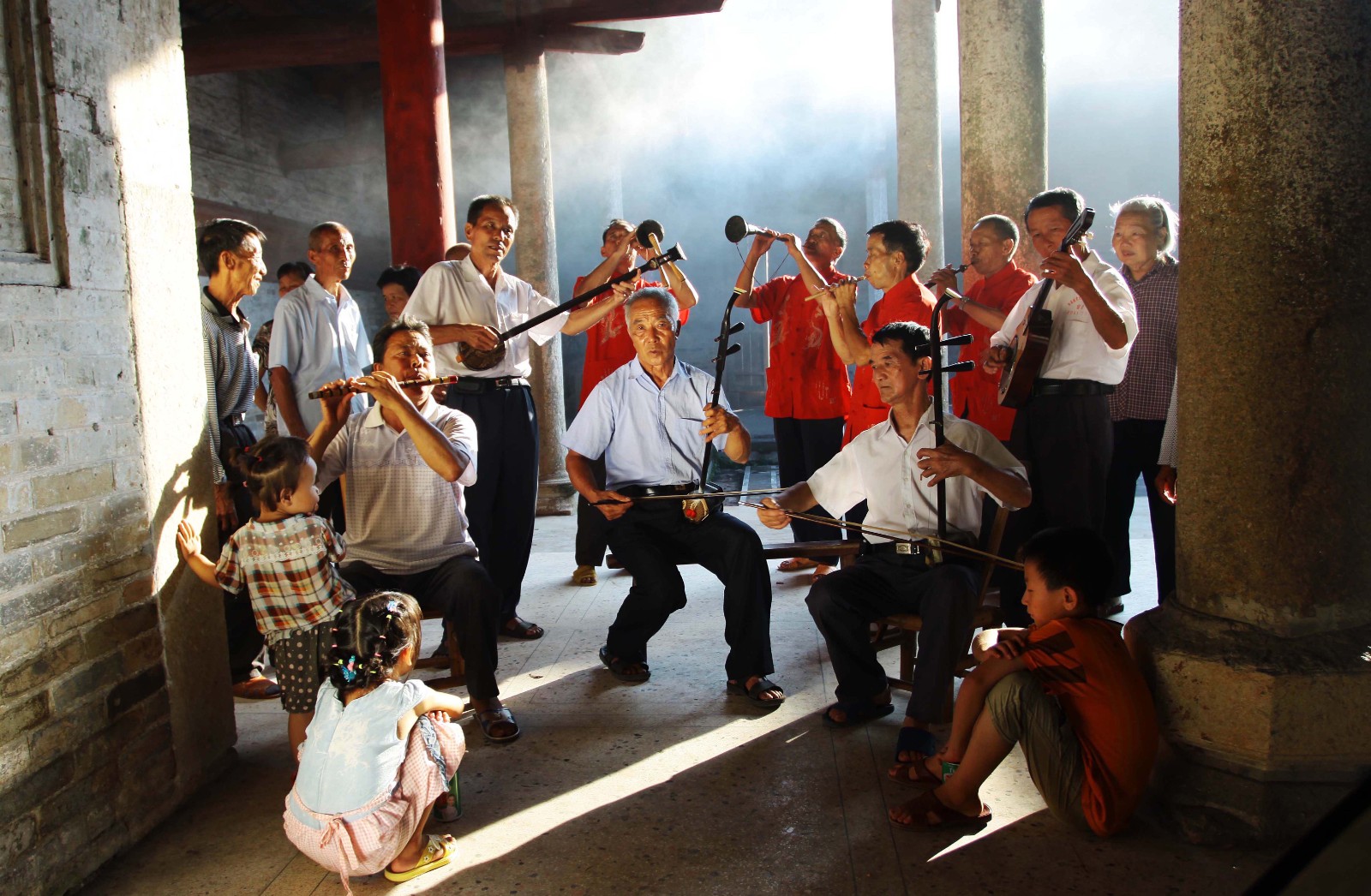
Nanxiang lobby music is different from other instrumental music in terms of music cards, playing music and playing methods. It is mainly suona, equipped with erhu, flute, throat, Yang Qin and other musical instruments. There is no percussion in the audience. The performance method is improvised accompaniment. Suona plays the main melody. Other musical instruments play improvised accompaniment with different fixed strings, anti high and anti low, plus the main tone of flute and flower, erhu and other musical instruments play with flower tray during sound exhibition, which can not only give full play to the strengths of various musical instruments, but also better show the individual performance level and style of musicians. The main musical instrument suona is different from suona in other areas. The suona whistle is made of a cocoon of insects on the tung tree. It is removed in winter and preserved for a long time. It can blow out a cheerful, bright, lyrical and melodious tone. It is the original creation of Anyuan folk artists. In June 2007, Nanxiang lobby music was selected into the second batch of intangible cultural heritage of folk music in Jiangxi Province.